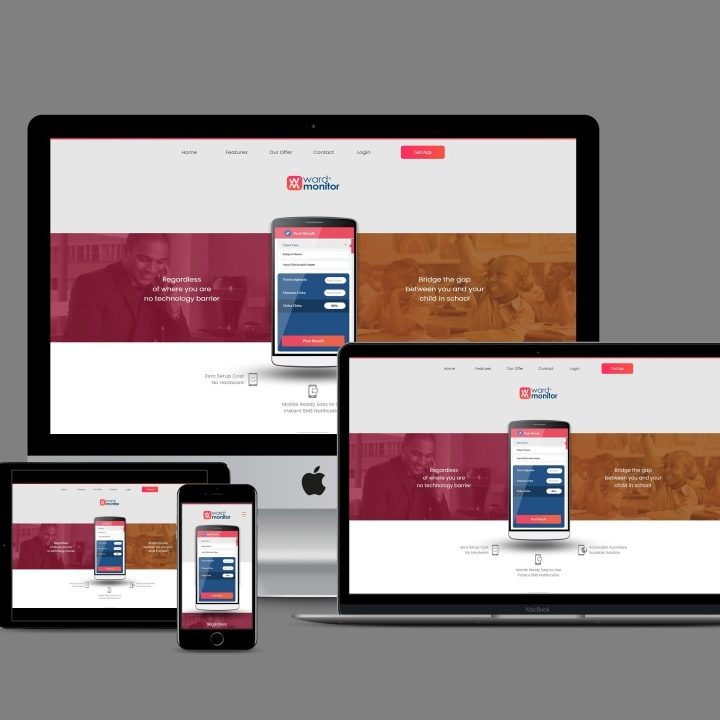Levels of IT Support
Levels of IT Support seems to be a popular query in the IT world. Before delving into the levels of IT support, it is necessary to know what IT support is.
IT support, also known as technical support or helpdesk support, refers to the services provided to users or customers to help them resolve technical issues with their computer systems, software, hardware, networks, or other IT-related problems. The primary goal of IT support is to ensure that technology functions smoothly and efficiently, enabling users to carry out their tasks effectively without disruptions.
In the realm of IT support, there are typically several levels or tiers, each with its own responsibilities, expertise, and scope of assistance. Here’s a general breakdown:
1. Level 1 / Tier 1 Support:
– This is the frontline support, often referred to as helpdesk support.
– Handles basic user inquiries and technical issues, such as password resets, software installations, and troubleshooting common hardware or software problems.
– Typically follows predefined scripts or guidelines to resolve issues or escalate them to higher tiers if necessary.
2. Level 2 / Tier 2 Support:
– Provides more specialized technical support beyond the capabilities of Tier 1.
– Handles more complex issues that cannot be resolved at Tier 1, such as network connectivity problems, system configuration issues, and advanced software troubleshooting.
– Often requires deeper technical knowledge and expertise in specific systems or technologies.
3. Level 3 / Tier 3 Support:
– This is the highest level of technical support within an organization.
– Deals with the most complex and critical issues that cannot be resolved by lower tiers.
– Involves in-depth analysis, diagnosis, and resolution of advanced technical problems, including server outages, database issues, and security breaches.
– May require collaboration with software or hardware vendors for resolution.
– Often involves system administration, infrastructure management, and proactive measures to prevent future incidents.
4. Specialized Support:
– Some organizations may have additional tiers or specialized teams to address specific areas such as cybersecurity, cloud computing, database management, or specialized software applications.
– These teams possess deep expertise in their respective domains and provide advanced support tailored to those areas.
5. Onsite Support:
– While not always a separate tier, onsite support involves physically visiting users or locations to troubleshoot and resolve technical issues.
– Onsite technicians may belong to any of the above tiers but are dispatched when issues cannot be resolved remotely or require physical intervention.
These tiers may vary in their naming conventions or specific responsibilities depending on the organization’s structure and requirements. Additionally, some companies may outsource certain levels of support to external service providers, further diversifying the support landscape.







